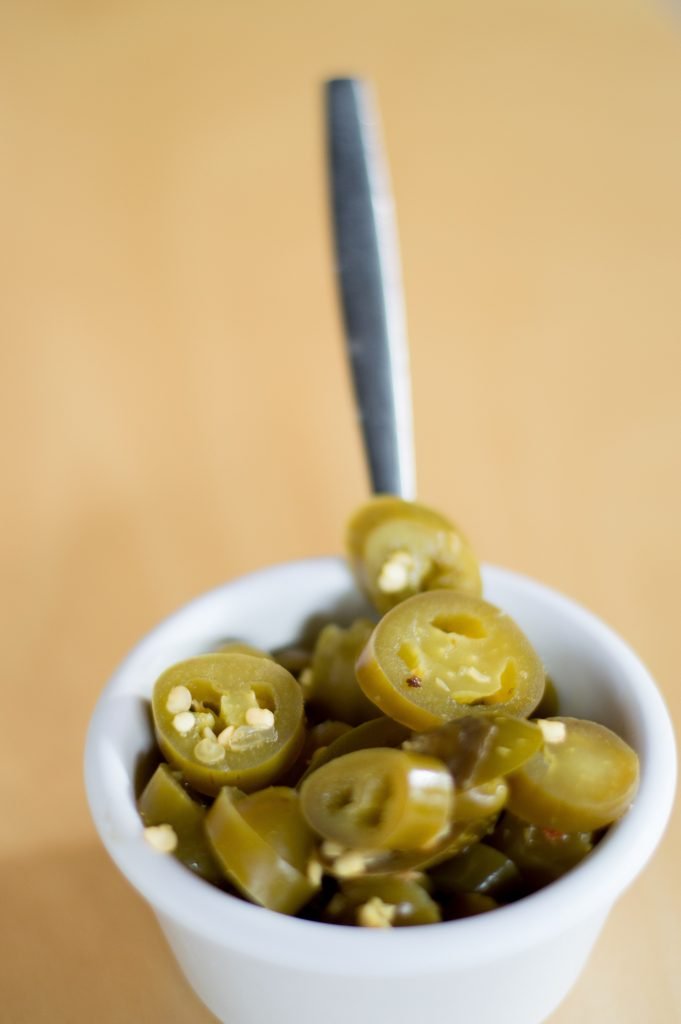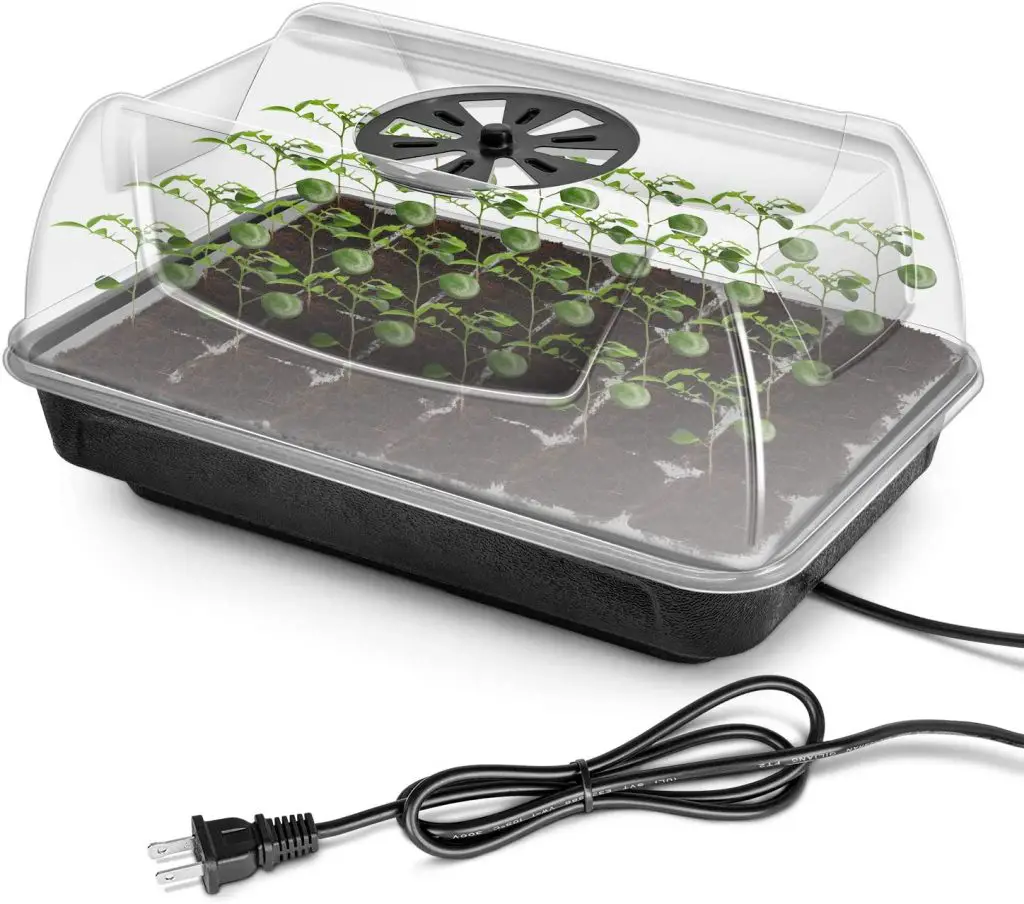How Many Jalapenos Do The Best Pepper Varieties Produce? Of the Hot Peppers varieties, available Jalapenos are among the most widely used types. This is largely because the heat is moderate, relative to other much hotter types, which are an acquired taste. To read more about the different varieties of Hot Peppers click here. If you are planning to grow your own Jalapenos the obvious questions are how many Peppers does a plant produce and which is the best variety to grow.
Jalapeños plants typically produce approximately 150 fruit in a Season. This number is based on a study by Kanas State University which found that Jalapeños plants produced between 5 to 7 lbs (2.2 to 3.2 kg) of fruit in a season with the average weight of the fruit being between 0.5 to 0.9 oz (15 to 25 g).
The highest yielding variety tested in this study was Agriset 4108, however, based on the harvest data in the study there was relatively little difference between varieties with the total yield and when it was harvested being similar among all the varieties.
This suggests that there isn’t a great deal of difference between different varieties of Jalapenos as far as yield is concerned. To purchase seed I would suggest Seeds Now as it is one of the cheapest places to purchase seeds in the US. If you are living In the UK I would suggest visiting Thompson & Morgan as they have a wide variety of seeds available as well.
How Fast Do Jalapeno Peppers Plants Grow?
In most regions, Jalapeno’s will take around 120 days for sowing to the first harvest. In regions that have frosty winter climates, Jalapeno seeds are sown undercover in early Spring. To be successful in these types of climates additional heat is required to ensure germination. This is best done in a heated environment indoors.
If you want to make 100% certain your seedlings get the ideal conditions to grow and get off to a flying start it best to purchased a heated propagator. There are a number of different units available, however, the one I would suggest is the iPower Heating Seed Starter, which is shown below, because it has a cover with a vent allowing you to more easily control the growing conditions and it is a relatively low-cost unit. It is available on Amazon.
If the seeds are started early in March (for those living in the Northern Hemisphere) and planted out into the garden sometime in May when the weather has warmed up a bit you should expect to be harvesting in early July, which is approximately 120 days after sowing seeds.
The plants will crop continuously from the start of July through to the end of September when the first frost hits. During this period it is recommended that you regularly harvest the fruits as this will encourage the plant to continue to produce flowers.
As Pepper Plants really like a lot of heat it is advisable to add some additional protection if the weather is not reliably warm in your area when the seedlings are transplanted into the garden. This can be done using cloches for individual plants. Cloches can be made from old plastic milk cartons with the bottom cut off alternatively cloches can be purchased on Amazon.
However, my preference is to use row covers to protect plants. The main reason for this is that, due to the increased size of the row covers, the extent of temperature variation is not as great as in a cloche. This reduces the chances of the plants getting too hot.
The particular row cover we suggest is the Growsun Garden Tunnel Plant Cover, as the hoops on the unit can be inserted relatively deeply into the ground due to the height of the hoops. Additionally, the unit includes clips that can be used to clip the cover directly onto the frame at a number of points. These features make the unit more resistant to windy conditions and generally make the row cover sturdier.

Do Pepper Plants Keep Producing Fruit?
As mentioned in the previous section Peppers will stop producing flowers and fruit when frost strikes at the end of the growing season and subsequent freezing conditions will kill the plant completely. It is for that reason that most gardeners treat Peppers as annual plants replanting them every year.
However, in their native environment, in tropical South America that are actually perennial. They have been known to live at least 5 years and get substantially larger than most gardeners are used to seeing. In some cases, Pepper plants have been known to reach over 10 ft tall if given the right conditions.
The perennial nature of the plant means that you can get multiple seasons of growth out of the same plant. However, to do this you must protect the plant from freezing temperatures which will in most cases require the plant to be transplanted indoors. To learn more about what you need to do to prepare a plant to survive in colder regions that are not frost-free click here.
If you go to the trouble of keeping the plant over winter the obvious question is what happens to the yield of the plant in the second year. A study published by New Mexico State University indicated that in the majority of cases, 14 out 16 results presented, the yield fell. The extent of the fall was generally around 25% though there was significant variation in this with the largest drops being closer to 50%.
However, in cases where you are able to maintain favorable growing conditions, you will still find that Pepper plants have a fruiting season and there will be a period where the fruiting is prolific. But after some time flowering and fruit production will slow.
To reinvigorate the plant it is necessary to prune it to remove any branches not producing flowers. In doing this is important to ensure at least some of the foliage is left on the plant as it needs to continue to photosynthesize. Once pruned the plant will recover within a few weeks and start producing flowers again.
Maintaining A Supply Of Jalapenos Year Round
For some people uprooting plants and dragging them inside for the winter is really too much effort. However, there are a couple of relatively easy things you can do to ensure you have home grown Jalapenos year round. The first option is to grow them indoors through the winter. The easiest way to that is by using a system like the Smart Garden.

It is a self contained unit that has its own built in lighting system that automatically turns itself on and off as required and its own water system that only needs to be replenished once a month. The system uses specially designed seed pods that are inserted into the machine at the beginning of the growing cycle in a similar way to coffee pods. This system allows you to grow Jalapenos easily with a minimum of effort in Winter.
The other alternative is to simply freeze your Jalapenos, whole, by placing them in a resealable plastic bag. When defrosted, the Jalapenos will lose their texture becoming squishy, however, their flavor and heat will remain. This is absolutely fine for many recipes where the Jalapenos are sliced finely.
However, in cases where you want the Jalapeno to retain its texture pickling works well. I have Jalapenos that were pickled 3 years ago that have retained there texture using the simple and quick recipe below.

Ingredients
- 1 cup vinegar
- 1 cup water
- 2 cloves garlic smashed
- 2 tablespoons sugar
- 1 tablespoon salt
- Jalapenos
Method
- Step 1: Slice the Jalapenos. Caution: Make sure you wear gloves when handling the Jalapenos and do not rub your eyes.
- Step 2: Fill sterilized Jars with the Jalapenos to 1/2 an inch below the rim of the Jar.
- Step 3: Combine the vinegar, water, garlic, sugar, and salt in a pot and bring to a boil to make the pickling solution.
- Step 4: While still hot pour the pickling solution into the sterilized jars until all the Jalapenos are completely covered.
- Step 5: Seal the jars and store them in a cool dark place.
The pickles will last more than 12 months, however, I hesitate to say they will last years even though that has been my experience with this recipe.
Related Articles
What Are The Different Types Of Hot Peppers?
Why Are My Pepper Plants Not Growing Peppers?
How Many Jalapenos Do The Best Pepper Varieties Produce?
Pepper vs Black Peppercorn: What Is The Difference?
Capsicum vs Bell Pepper: Are They The Same Thing?
Are Dried Peppers Hotter Than Fresh Ones?


